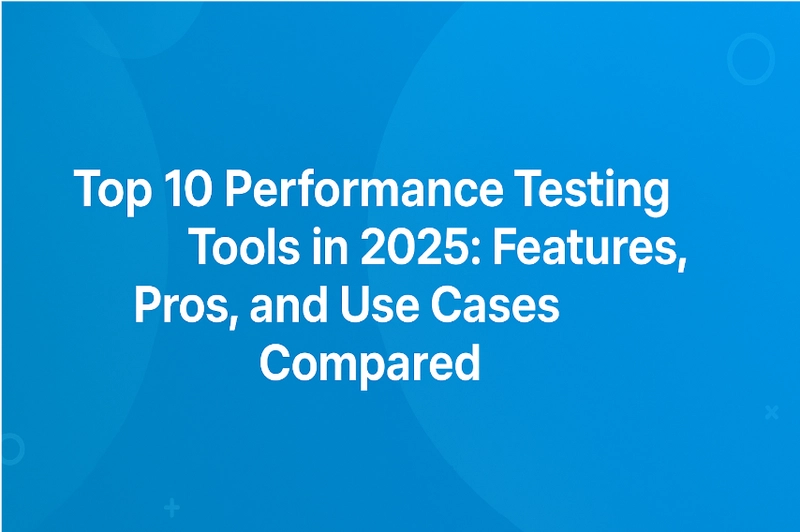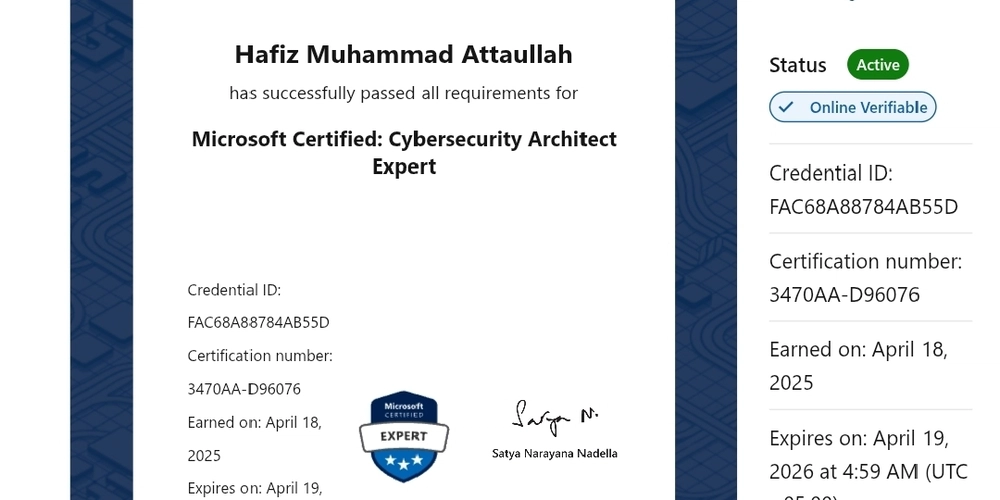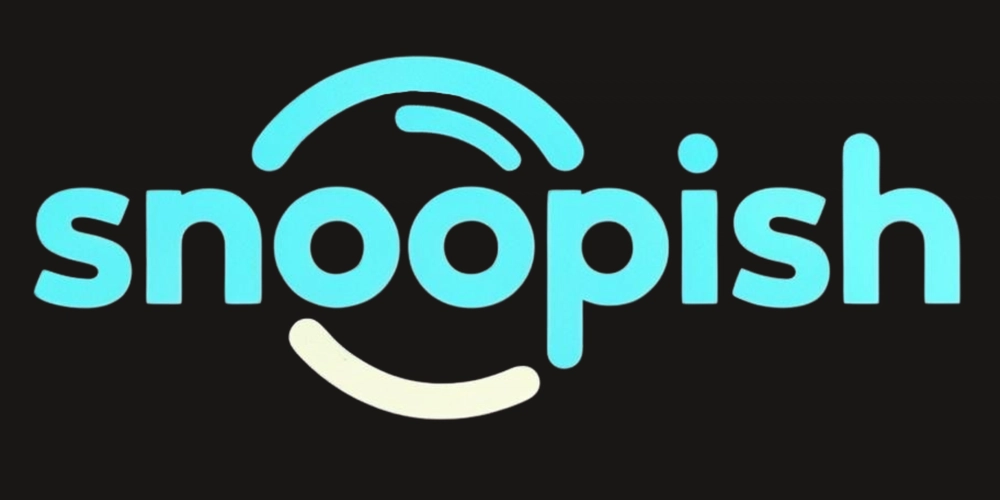A2A Protocol : Deep Dive
A2A (Agent-to-Agent) protocol, introduced by Google, is a universal communication standard designed to let AI agents collaborate across different platforms and technologies. It defines a clear structure for agents to exchange data, coordinate tasks, and work together, even if they were created using different tools or by different organizations. By establishing a common language for interaction, A2A solves the problem of getting diverse AI systems to interoperate smoothly in a shared environment. To build an A2A agent server and client in java please refer to my previous article here , source code for entire article is here Imagine two people working together on a project. One person says, “Hey, can you do this task for me?” and the other replies, “Sure, I’ll get it done and let you know when it’s finished.” That’s basically what the A2A (Agent-to-Agent) protocol is — a simple way for software agents (like bots, services, or AI models) to talk to each other, send tasks, get updates, and stay in sync. In technical terms, A2A is a lightweight communication standard that lets one agent send structured requests (like “send a task”, “get a task”, “cancel a task”, or “subscribe to task updates”) to another agent over HTTP, using a format called JSON-RPC. It keeps things organized and predictable, so different agents — even if they were built by different teams — can easily work together. You can think of it as a professional messaging system for agents, where everything has a clear format, agreed rules, and built-in ways to handle errors, cancellations, or real-time updates (streaming). At its heart, A2A keeps things simple: One agent sends a request. The other agent understands what to do. They exchange structured messages. Everyone stays happy and in sync. It’s perfect for building collaborative AI systems, distributed automation, or cloud services that need to cooperate efficiently without getting bogged down in messy communication. Understanding JSON-RPC At its core, the A2A protocol leverages JSON-RPC 2.0, a stateless, lightweight remote procedure call (RPC) protocol. JSON-RPC enables a client to execute methods on a remote server using JSON as the data format. Here’s a breakdown of its fundamental concepts: Requests: Clients send requests to the server, specifying the method to be called and any required parameters. Responses: The server responds with either the result of the method call or an error message. JSON Format: All messages are encoded in JSON, ensuring readability and ease of parsing across different platforms. A JSON-RPC message consists of the following key components: jsonrpc: A string specifying the JSON-RPC version (e.g., "2.0"). method: A string containing the name of the method to be invoked. params: A structured value (object or array) holding the parameters to be passed to the method. id: A unique identifier established by the client. The server must include this id in the response, enabling clients to correlate responses with their corresponding requests, especially in asynchronous scenarios. result: (Response) Contains the data returned by the method upon successful execution. error: (Response) Contains an object with information about any error that occurred during method execution. While both JSON-RPC and REST API are used for communication between a client and a server, they have fundamental differences in their design philosophy and how they operate. JSON-RPC Protocol: JSON-RPC is a remote procedure call (RPC) protocol. Communication Style: Oriented around executing methods on the server. Endpoints: Typically uses a single endpoint for all requests. Method Invocation: Clients explicitly specify the method name and parameters in the request. Request Structure: Uses a specific JSON format with method, params, and id fields. Response Structure: Responses are also in JSON format, containing either a result or an error object. HTTP Usage: Commonly uses HTTP as a transport protocol, but it’s not strictly tied to it. Usually uses POST requests. Flexibility: Highly flexible in terms of request and response structures. REST API Architecture: REST (Representational State Transfer) is an architectural style. Communication Style: Oriented around resources and their representations. Endpoints: Uses multiple endpoints, each representing a different resource. Method Invocation: Uses HTTP methods (GET, POST, PUT, DELETE, etc.) to perform actions on resources. Request Structure: Requests are typically made using HTTP methods and URLs. Data may be included in the URL, headers, or body. Response Structure: Responses can be in various formats (JSON, XML, etc.), depending on the server and client. HTTP Usage: Relies heavily on HTTP for its semantics and uses HTTP methods for different actions. Conventions: Follows a set of conventions, such as using URLs to identify resources and HTTP methods to manipulate them.
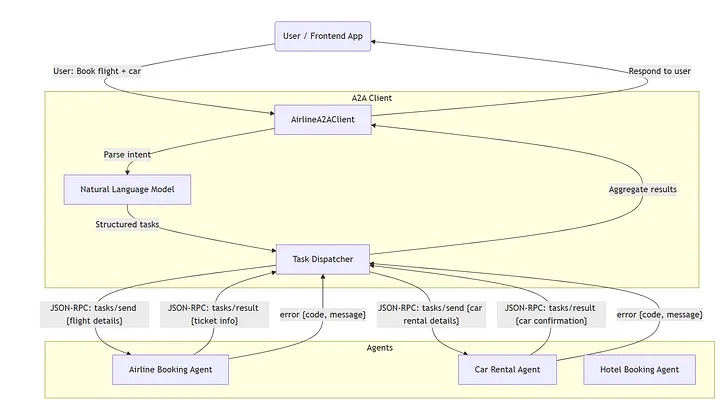
A2A (Agent-to-Agent) protocol, introduced by Google, is a universal communication standard designed to let AI agents collaborate across different platforms and technologies.
It defines a clear structure for agents to exchange data, coordinate tasks, and work together, even if they were created using different tools or by different organizations.
By establishing a common language for interaction, A2A solves the problem of getting diverse AI systems to interoperate smoothly in a shared environment.
To build an A2A agent server and client in java please refer to my previous article here , source code for entire article is here
Imagine two people working together on a project. One person says, “Hey, can you do this task for me?” and the other replies, “Sure, I’ll get it done and let you know when it’s finished.”
That’s basically what the A2A (Agent-to-Agent) protocol is — a simple way for software agents (like bots, services, or AI models) to talk to each other, send tasks, get updates, and stay in sync.
In technical terms, A2A is a lightweight communication standard that lets one agent send structured requests (like “send a task”, “get a task”, “cancel a task”, or “subscribe to task updates”) to another agent over HTTP, using a format called JSON-RPC. It keeps things organized and predictable, so different agents — even if they were built by different teams — can easily work together.
You can think of it as a professional messaging system for agents, where everything has a clear format, agreed rules, and built-in ways to handle errors, cancellations, or real-time updates (streaming).
At its heart, A2A keeps things simple:
One agent sends a request.
The other agent understands what to do.
They exchange structured messages.
Everyone stays happy and in sync.
It’s perfect for building collaborative AI systems, distributed automation, or cloud services that need to cooperate efficiently without getting bogged down in messy communication.
- Understanding JSON-RPC
At its core, the A2A protocol leverages JSON-RPC 2.0, a stateless, lightweight remote procedure call (RPC) protocol. JSON-RPC enables a client to execute methods on a remote server using JSON as the data format. Here’s a breakdown of its fundamental concepts:
Requests: Clients send requests to the server, specifying the method to be called and any required parameters.
Responses: The server responds with either the result of the method call or an error message.
JSON Format: All messages are encoded in JSON, ensuring readability and ease of parsing across different platforms.
A JSON-RPC message consists of the following key components:
-
jsonrpc: A string specifying the JSON-RPC version (e.g., "2.0"). -
method: A string containing the name of the method to be invoked. -
params: A structured value (object or array) holding the parameters to be passed to the method. -
id: A unique identifier established by the client. The server must include this id in the response, enabling clients to correlate responses with their corresponding requests, especially in asynchronous scenarios. -
result: (Response) Contains the data returned by the method upon successful execution. -
error: (Response) Contains an object with information about any error that occurred during method execution.
While both JSON-RPC and REST API are used for communication between a client and a server, they have fundamental differences in their design philosophy and how they operate.
JSON-RPC
Protocol: JSON-RPC is a remote procedure call (RPC) protocol.
Communication Style: Oriented around executing methods on the server.
Endpoints: Typically uses a single endpoint for all requests.
Method Invocation: Clients explicitly specify the method name and parameters in the request.
Request Structure: Uses a specific JSON format with method, params, and id fields.
Response Structure: Responses are also in JSON format, containing either a result or an error object.
HTTP Usage: Commonly uses HTTP as a transport protocol, but it’s not strictly tied to it. Usually uses POST requests.
Flexibility: Highly flexible in terms of request and response structures.
REST API
Architecture: REST (Representational State Transfer) is an architectural style.
Communication Style: Oriented around resources and their representations.
Endpoints: Uses multiple endpoints, each representing a different resource.
Method Invocation: Uses HTTP methods (GET, POST, PUT, DELETE, etc.) to perform actions on resources.
Request Structure: Requests are typically made using HTTP methods and URLs. Data may be included in the URL, headers, or body.
Response Structure: Responses can be in various formats (JSON, XML, etc.), depending on the server and client.
HTTP Usage: Relies heavily on HTTP for its semantics and uses HTTP methods for different actions.
Conventions: Follows a set of conventions, such as using URLs to identify resources and HTTP methods to manipulate them.
























































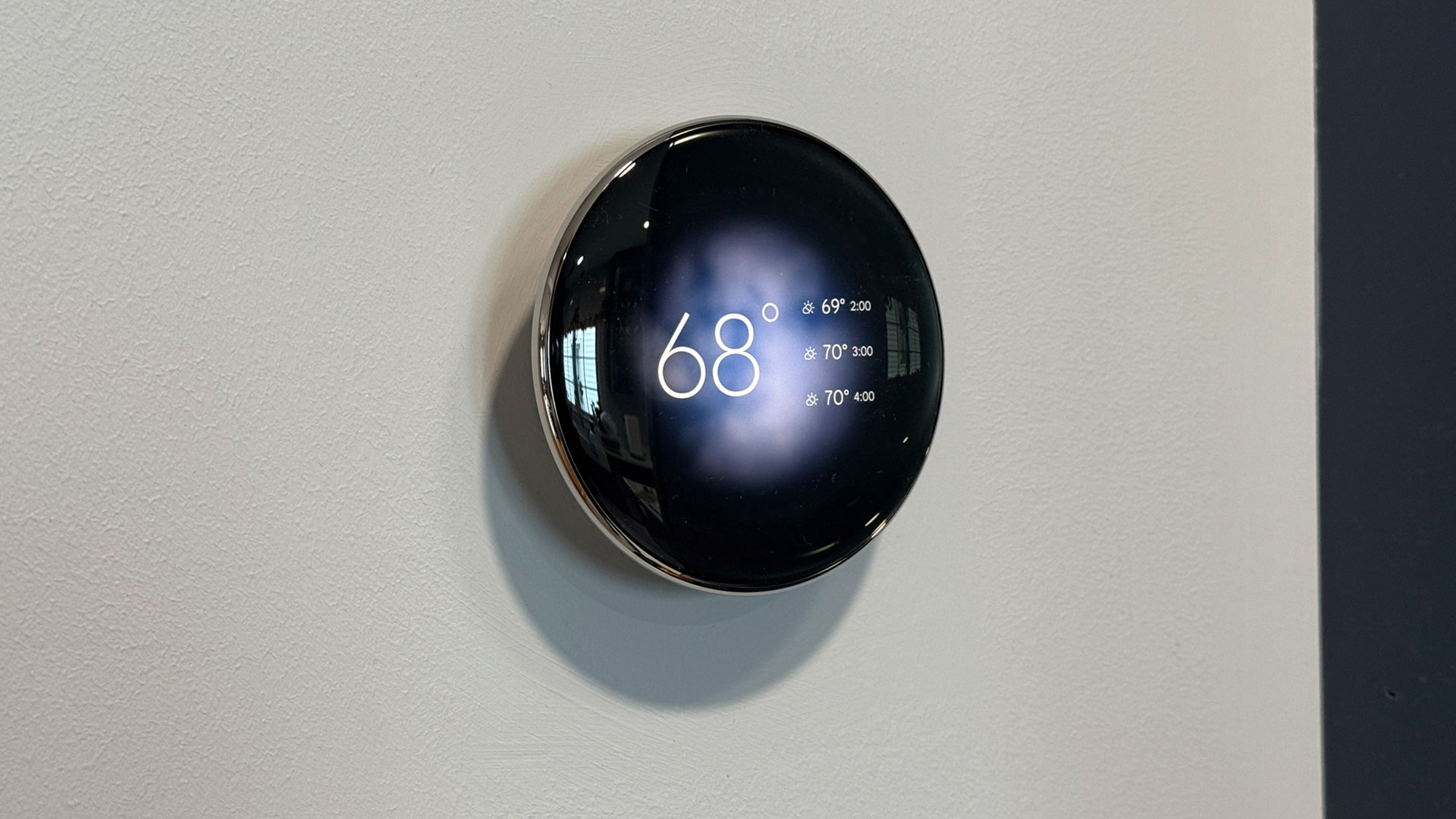







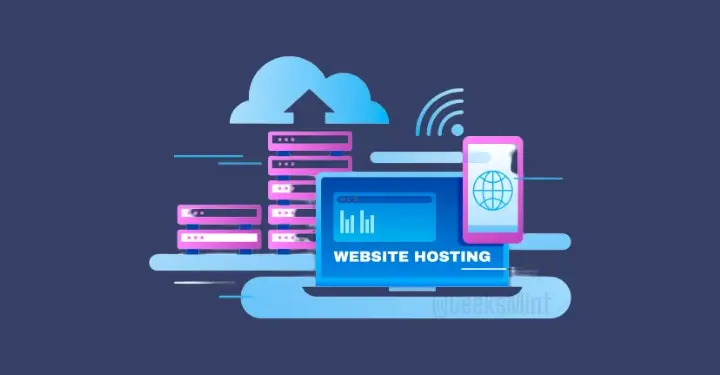



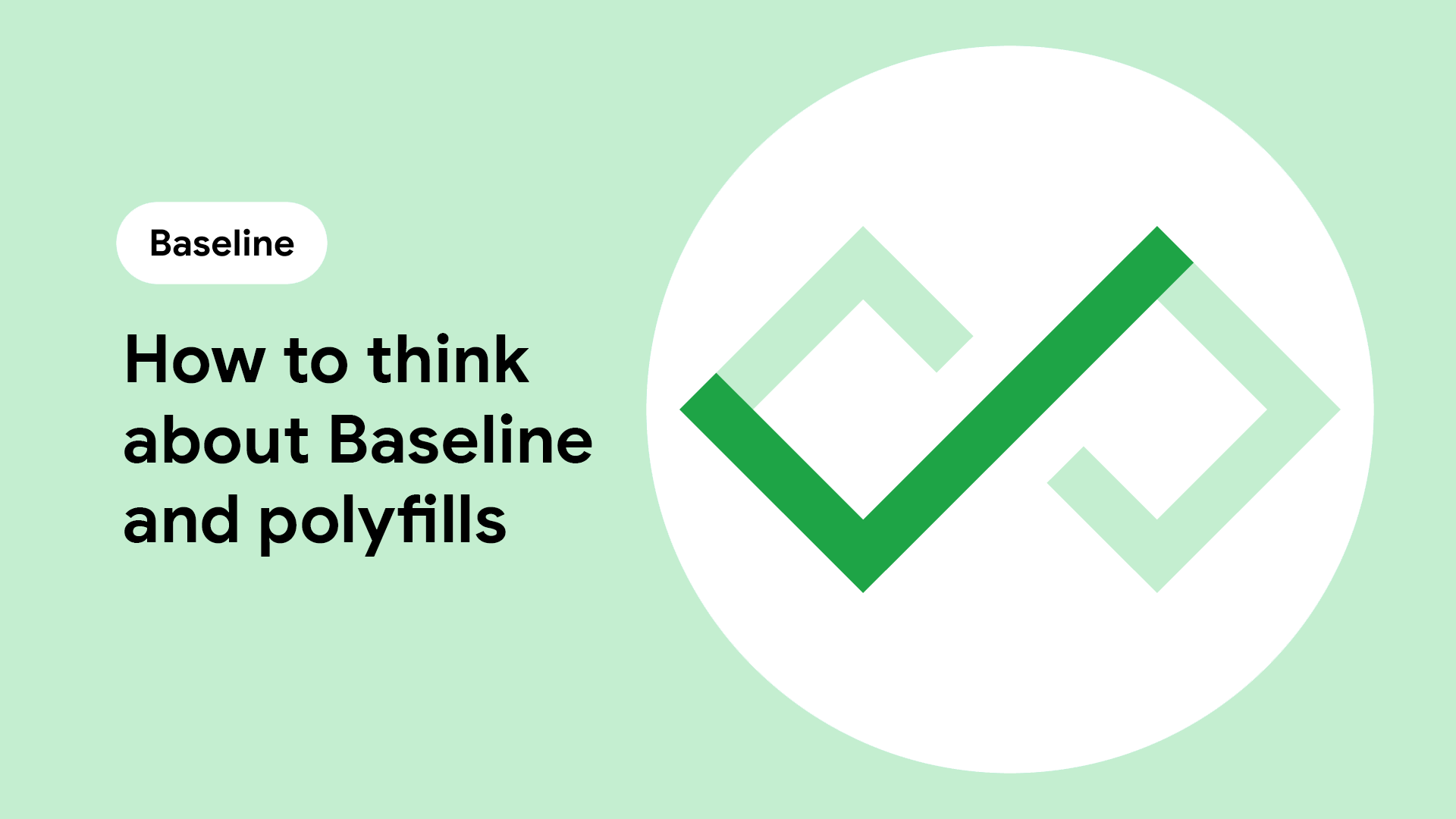




![iPadOS 19 May Introduce Menu Bar, iOS 19 to Support External Displays [Rumor]](https://www.iclarified.com/images/news/97137/97137/97137-640.jpg)

![Apple Drops New Immersive Adventure Episode for Vision Pro: 'Hill Climb' [Video]](https://www.iclarified.com/images/news/97133/97133/97133-640.jpg)












![This new Google TV streaming dongle looks just like a Chromecast [Gallery]](https://i0.wp.com/9to5google.com/wp-content/uploads/sites/4/2025/04/thomson-cast-150-google-tv-1.jpg?resize=1200%2C628&quality=82&strip=all&ssl=1)
![Hostinger Horizons lets you effortlessly turn ideas into web apps without coding [10% off]](https://i0.wp.com/9to5mac.com/wp-content/uploads/sites/6/2025/04/IMG_1551.png?resize=1200%2C628&quality=82&strip=all&ssl=1)












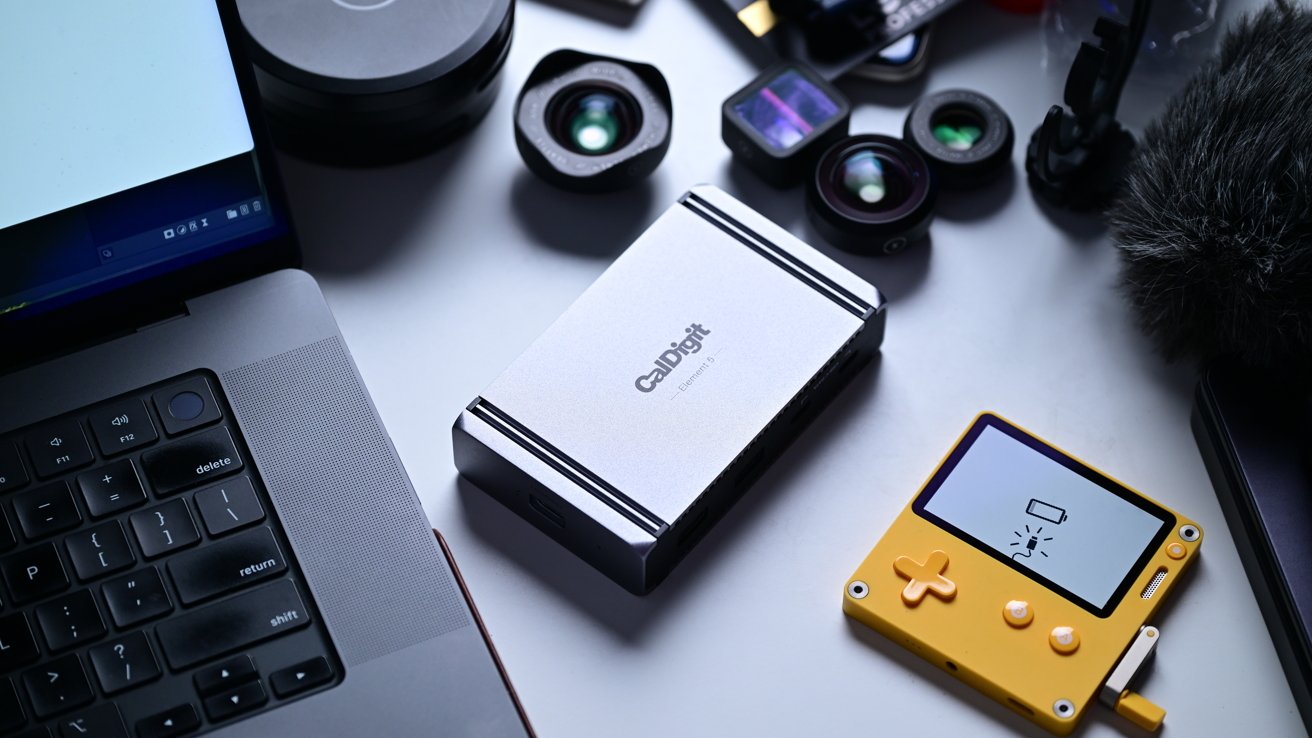










































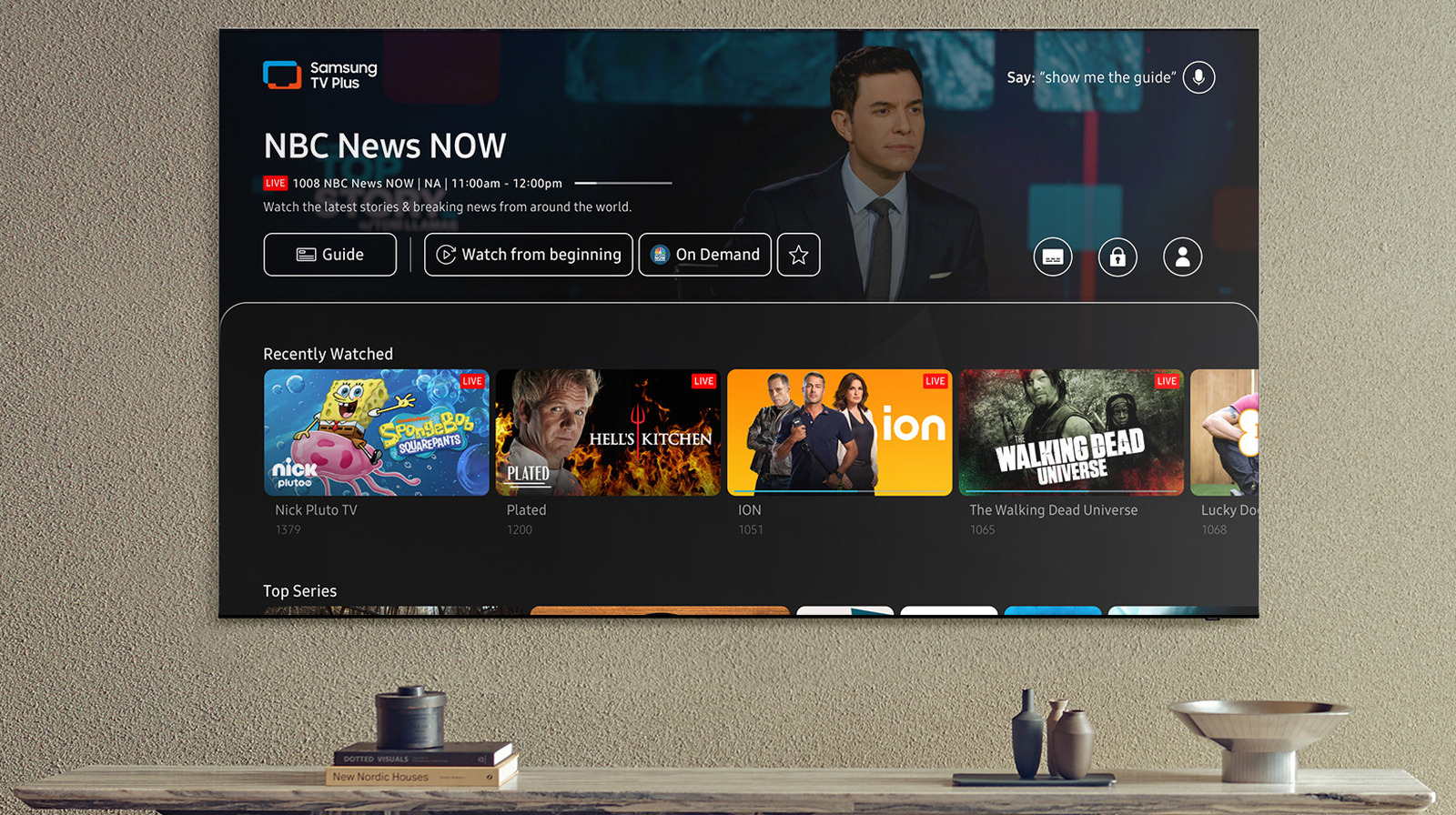








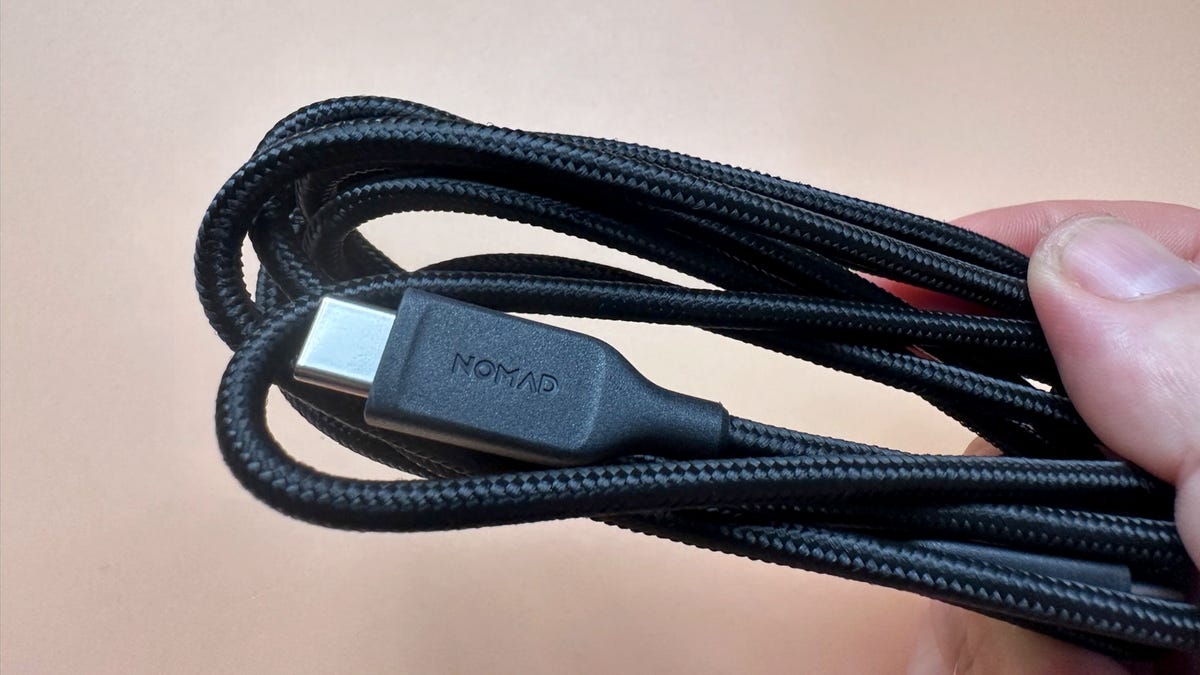

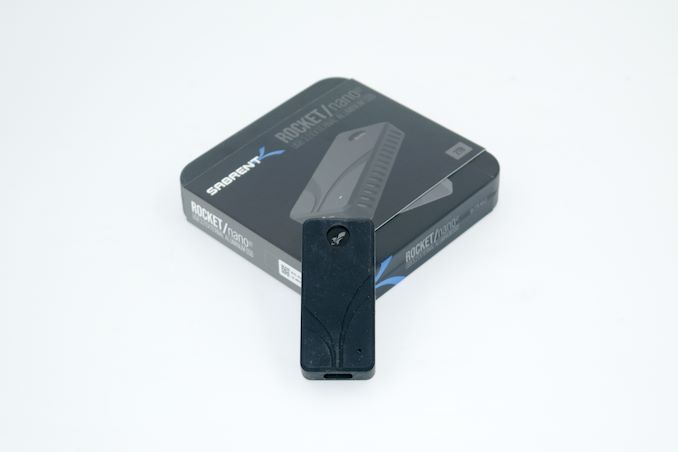
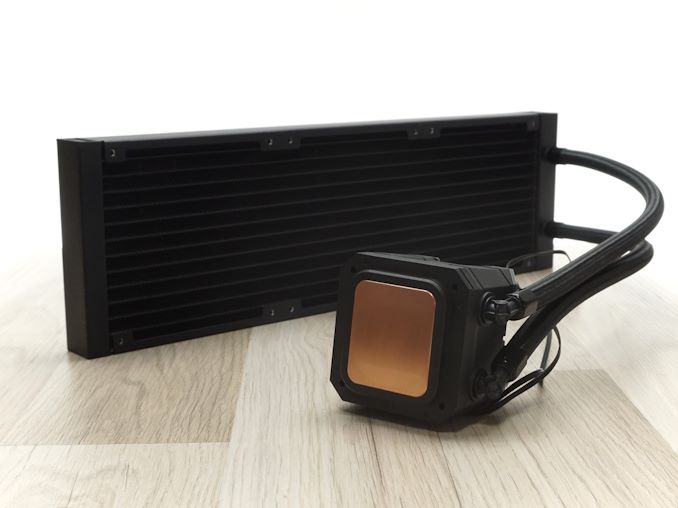
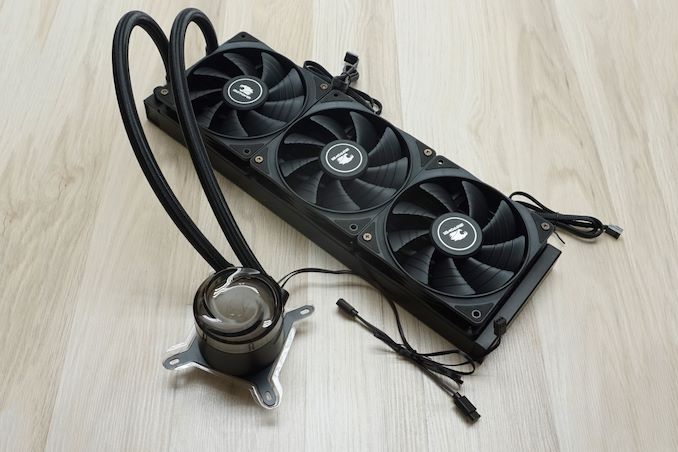






















_Olekcii_Mach_Alamy.jpg?width=1280&auto=webp&quality=80&disable=upscale#)























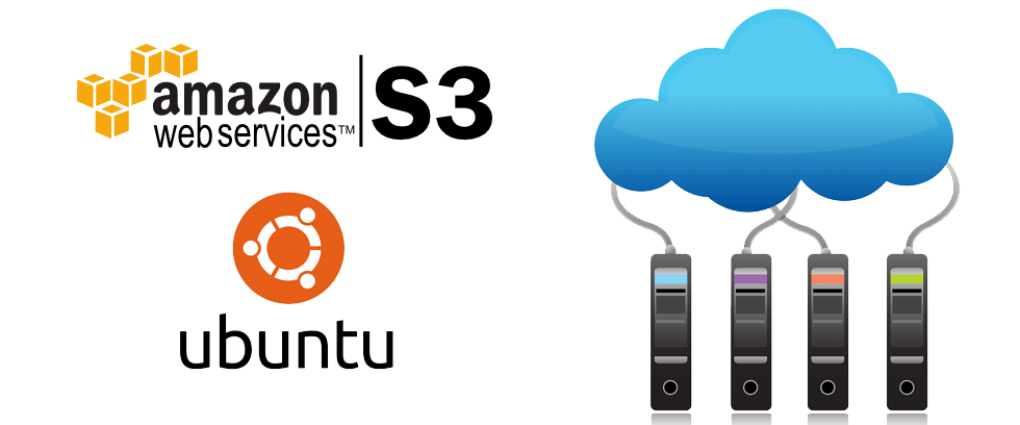
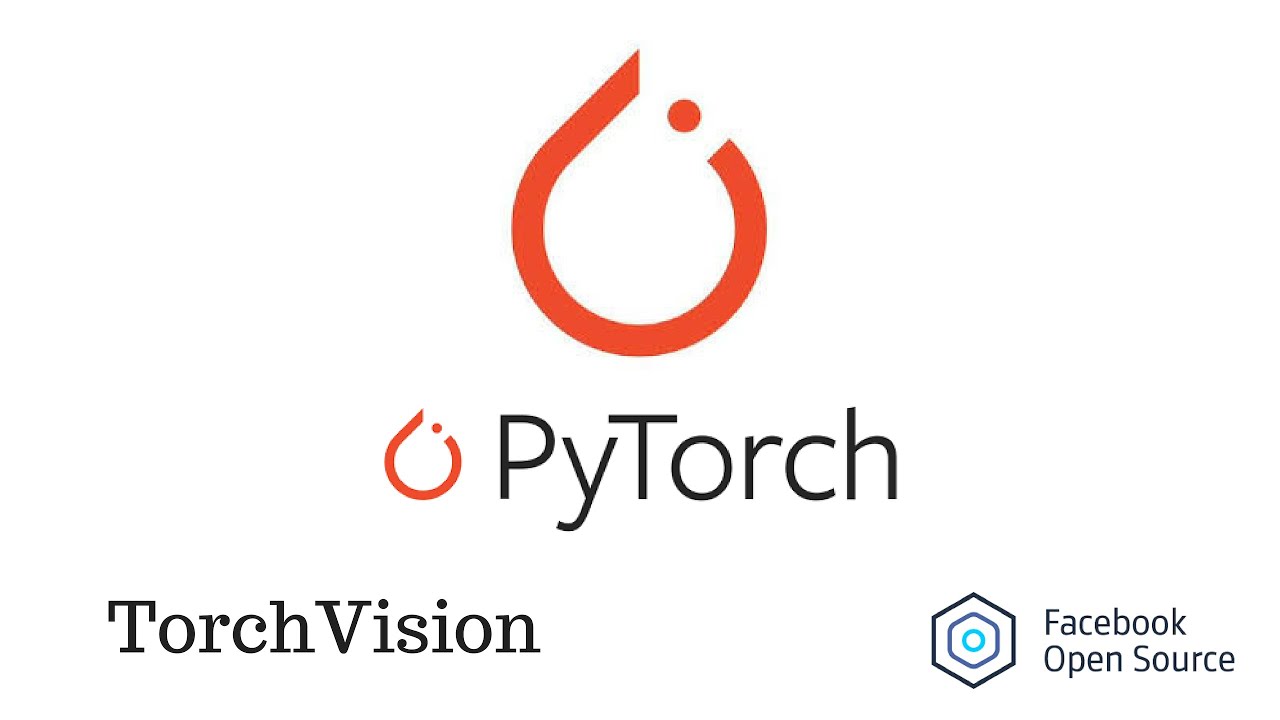






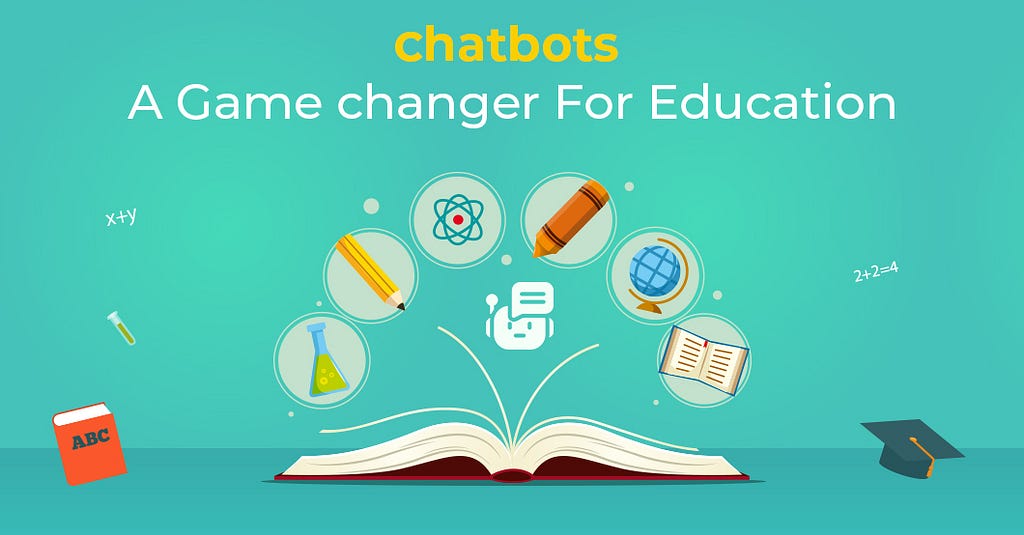
















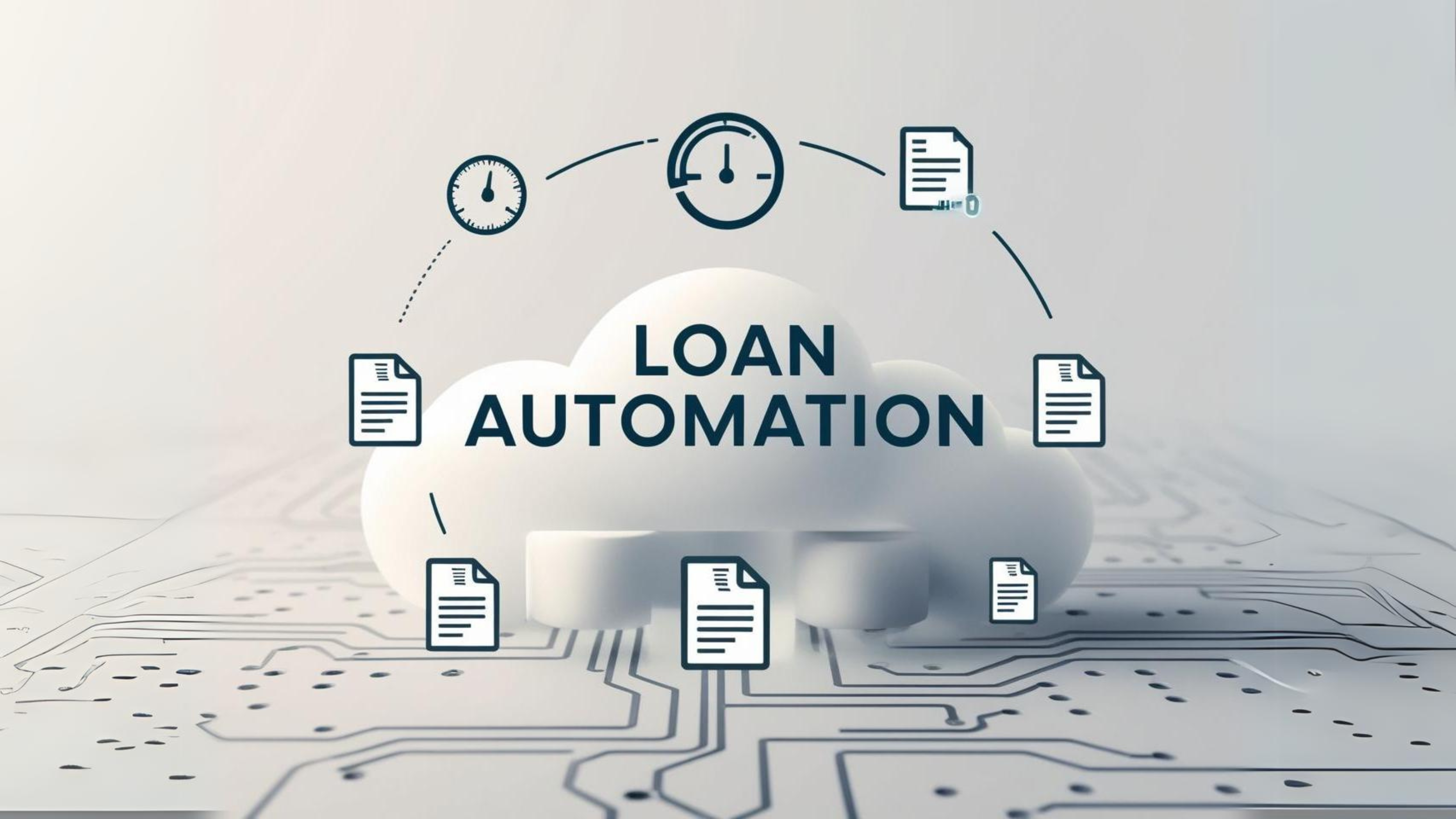
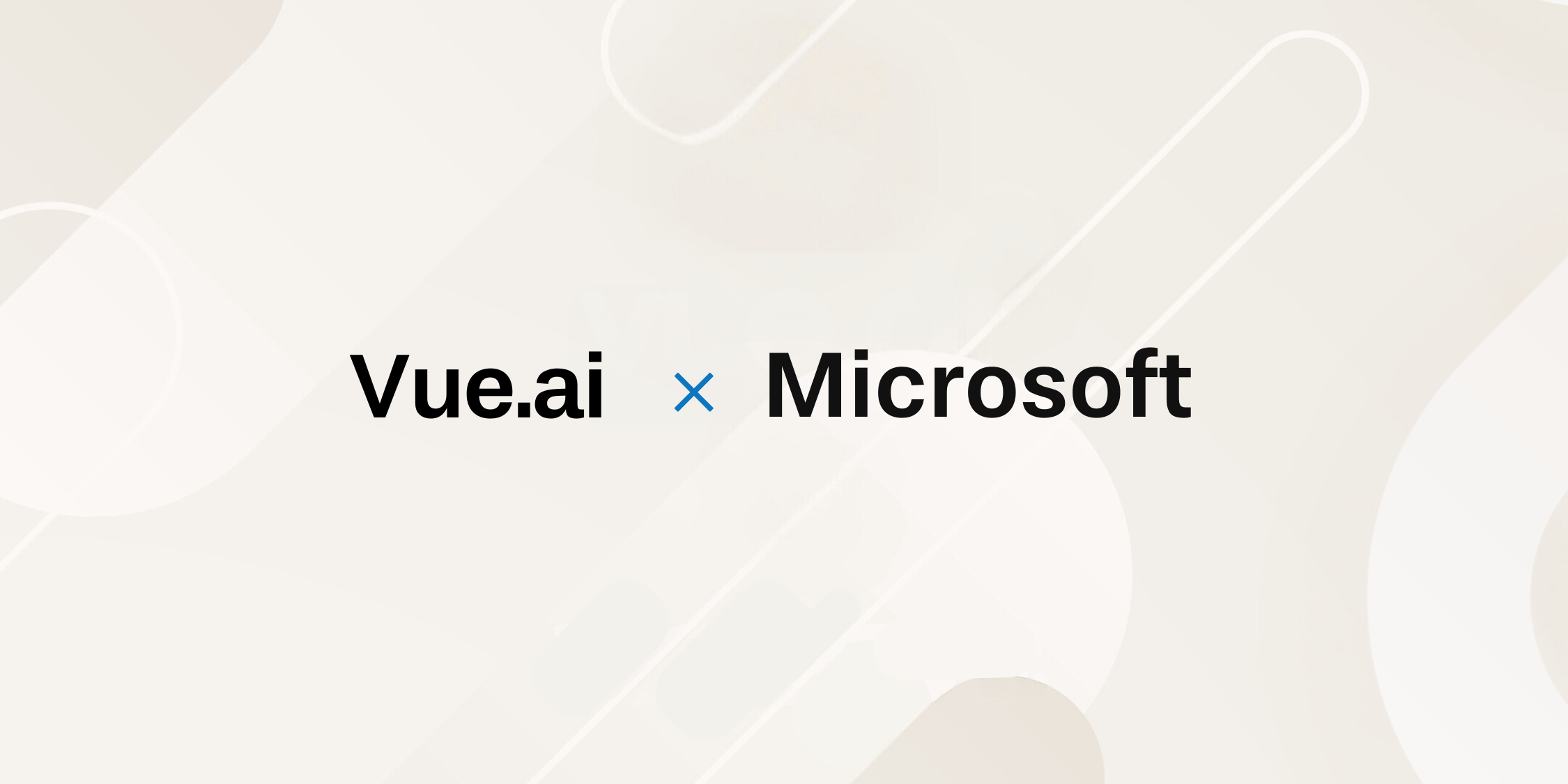




































































![[The AI Show Episode 144]: ChatGPT’s New Memory, Shopify CEO’s Leaked “AI First” Memo, Google Cloud Next Releases, o3 and o4-mini Coming Soon & Llama 4’s Rocky Launch](https://www.marketingaiinstitute.com/hubfs/ep%20144%20cover.png)











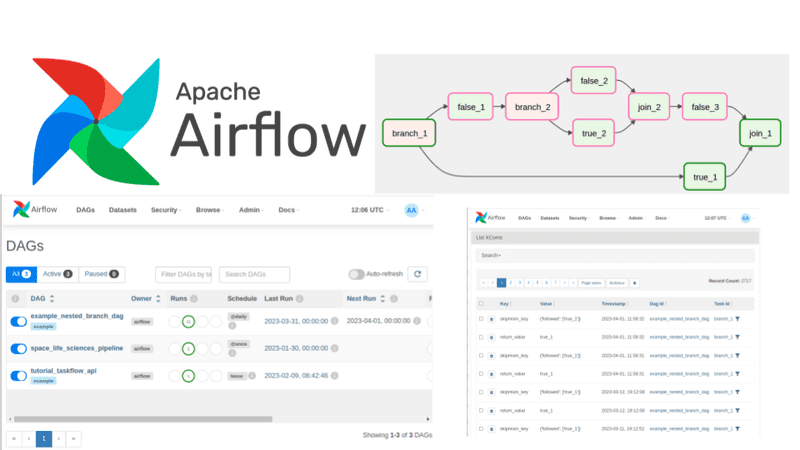



































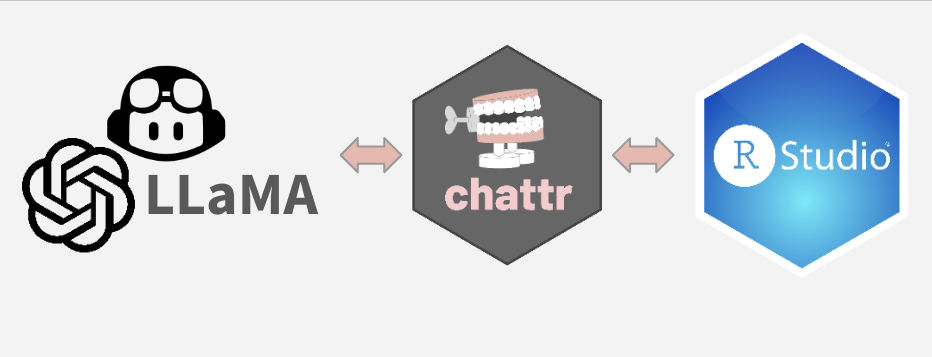
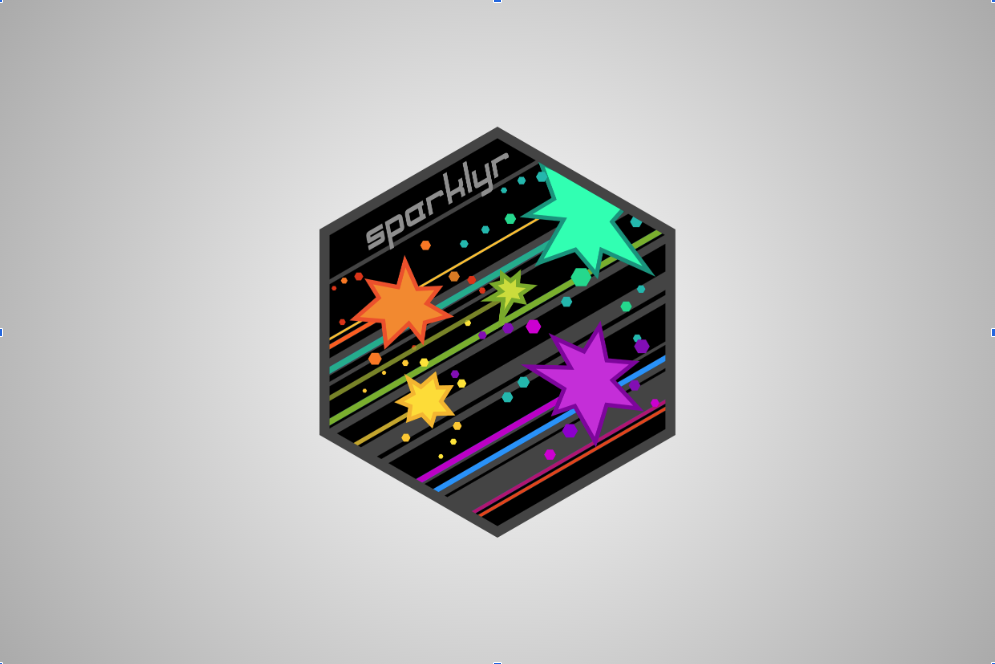














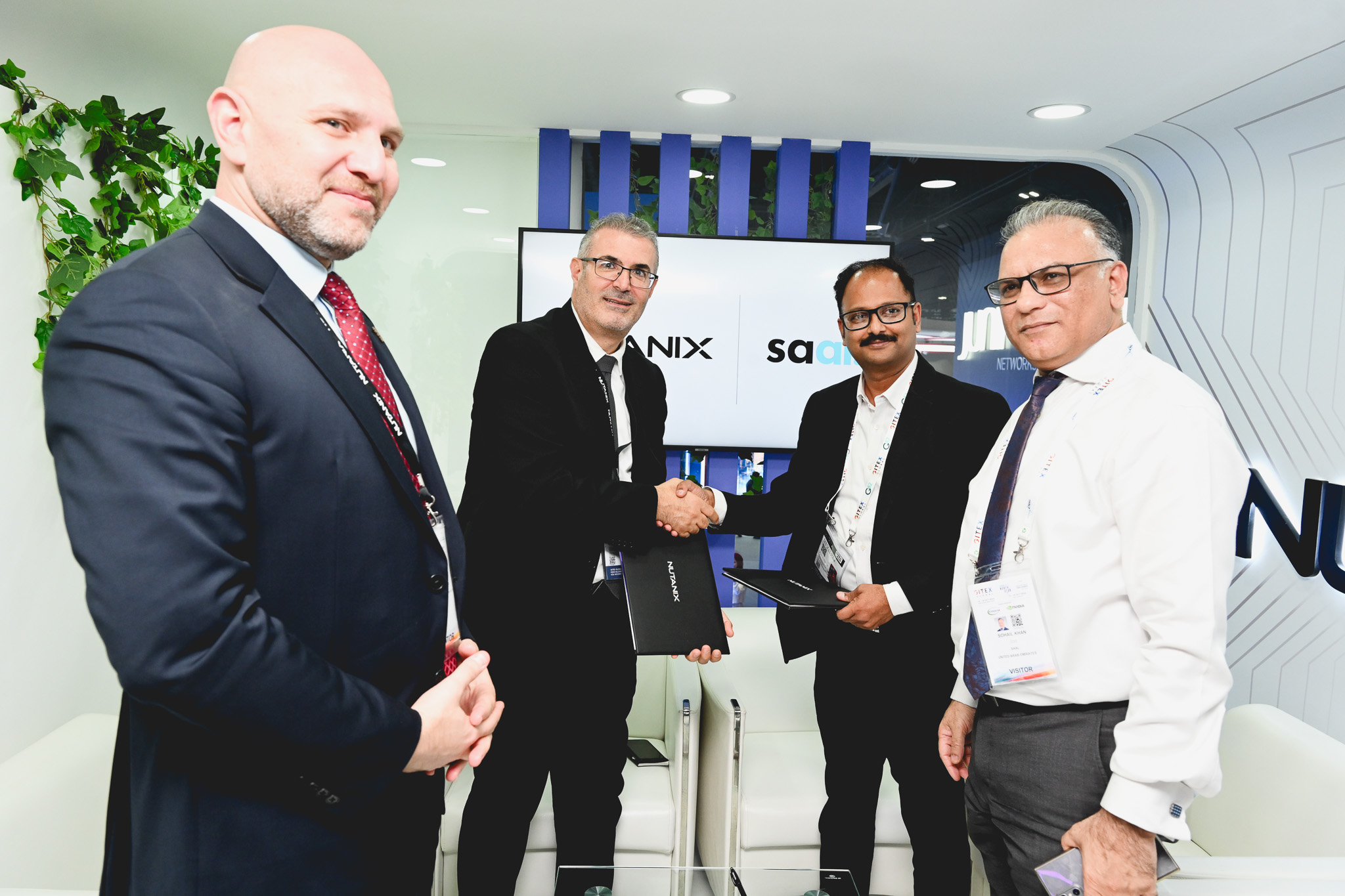


















































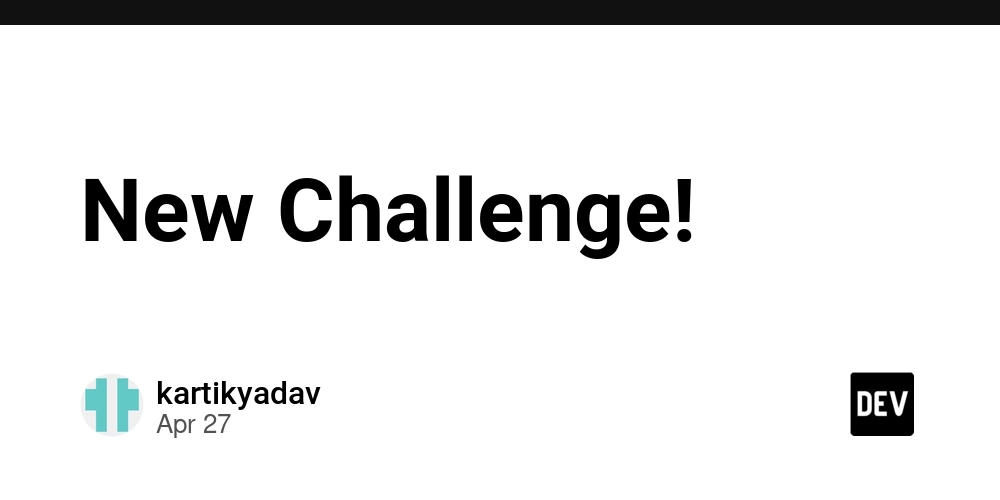
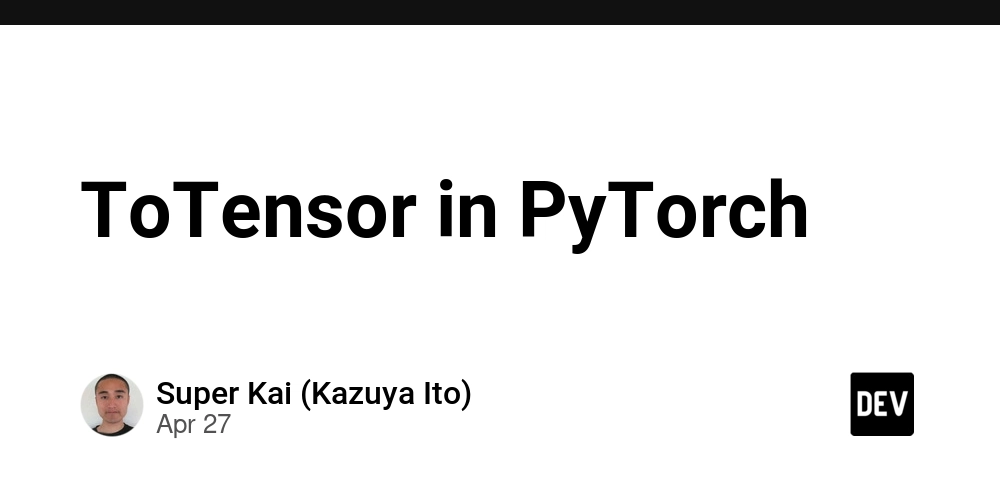
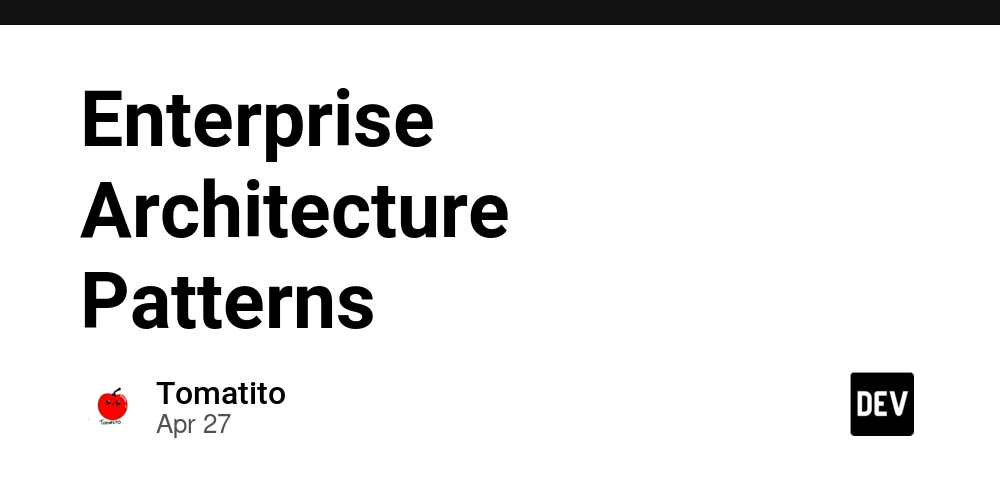
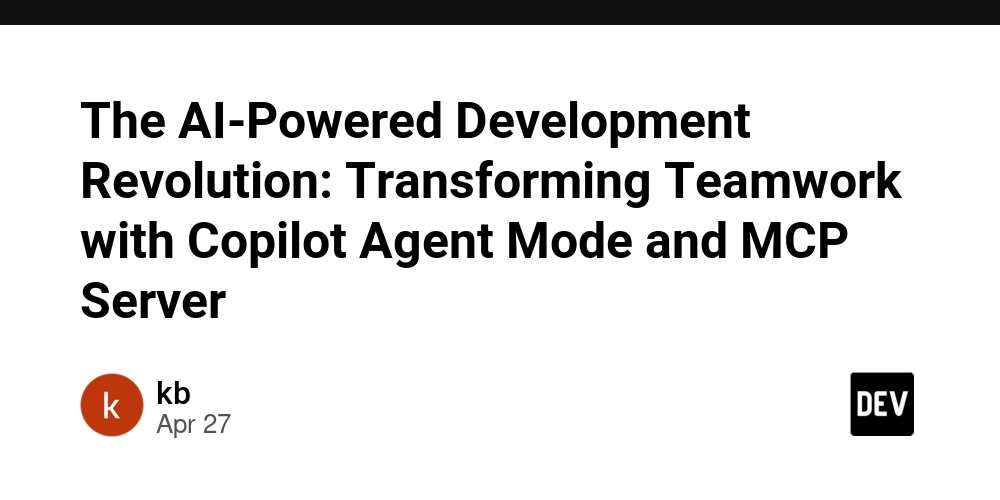













































![[FREE EBOOKS] AI and Business Rule Engines for Excel Power Users, Machine Learning Hero & Four More Best Selling Titles](https://www.javacodegeeks.com/wp-content/uploads/2012/12/jcg-logo.jpg)
























































































.jpg?width=1920&height=1920&fit=bounds&quality=70&format=jpg&auto=webp#)



